Among the global cobalt downstream demand in 2016, battery and industrial demand accounted for 54% and 46%, respectively. The battery field is mainly 3C battery, power battery and energy storage battery. The demand for 3C battery is about 87%, the proportion of power battery is 12%, and the proportion of energy storage battery is relatively small. Industrial demand areas are mainly divided into high-temperature alloys, hard alloys, ceramics and so on. In 2016, China's cobalt consumption accounted for about 45% of the global total. Demand for battery materials accounted for nearly 80% of the national cobalt demand in 2016, followed by cemented carbide, magnetic materials, and glass ceramics, accounting for 7%, 4%, and 4%, respectively. 2016 global cobalt downstream consumption 2016 China's cobalt downstream consumption The lithium cobalt oxide battery has stable structure and good comprehensive performance, but the cost is high, and it is usually used for small lithium batteries and is applied to 3C digital consumer products. The ternary battery has high energy density, high voltage platform and good cycle performance. It is not only used in 3C digital consumer products, but also favored by the power battery field. In recent years, it has gradually been applied to new energy passenger cars and special vehicles. From the amount of cobalt required for the two kinds of positive electrode materials, the amount of the lithium cobaltate battery is about 6 times that of the ternary battery (for example, NCM523). And the power battery is still in its infancy, and the proportion of ternary application is also relatively small. Therefore, the current demand for cobalt in the battery field is mainly lithium cobalt oxide. In 2016, cobalt in the global battery industry accounted for nearly 80% of lithium cobalt oxide. However, from the trend of 2010-2016, with the rapid development of new energy vehicles and the application of ternary batteries in 3C, the demand for cobalt in ternary batteries is gradually increasing, and the ratio of ternary from 2010 4% increased to around 18%. Cobalt demand in the field of batteries Application of cobalt in battery materials At present, most of the lithium iron phosphate battery systems on the market have an energy density level of about 70-90 Wh/kg. In the future, the material can be improved to a threshold of 90 Wh/kg, but there are still some difficulties in exceeding 120 Wh/kg. The energy density of the ternary battery has already reached 90Wh/kg or more, and the high-density ternary battery pack can reach 120Wh/kg or more (such as the Tesla ModelS of the nickel-cobalt-aluminum battery used, the energy density is 170Wh/kg). Under the guidance of the policy, the future high-density ternary battery nickel-cobalt-manganese (NCM) and nickel-cobalt-aluminum (NCA) will become the mainstream of application. On January 23, 2017, the Ministry of Industry and Information Technology announced the first batch of “Recommended Models for the Promotion and Application of New Energy Vehicles†in 2017, stating that the catalogues of the 1-5th recommended models in 2016 were all invalid. A total of 62 electric vehicles using ternary batteries in the first batch of new catalogues accounted for 50% of the total number of pure electric vehicles. In terms of models, the proportion of vehicles using ternary vehicles in pure electric passenger cars and special vehicles is 66% and 61% respectively, while pure electric buses have not yet adopted ternary batteries. From the domestic point of view, it is estimated that the production and sales volume of domestic new energy vehicles will reach 700,000 in 2017, including 500,000 passenger cars, 100,000 special vehicles and buses, and 2 million in 2020. In the rapid development of the industry, the upstream industrial chain will also be rapidly increasing, and the ternary battery will not only enjoy the high growth rate of the industry, but also ushered in the excessive growth rate under the application ratio. According to estimates, the cobalt demand for domestic power battery ternary materials will increase at an average annual growth rate of 70% from 2017 to 2020. From a foreign perspective, it is expected that the production and sales volume of foreign new energy vehicles will increase at an average annual growth rate of 33% from 2017 to 2020, and the average annual compound growth rate of ternary materials for cobalt will reach 50%. Domestic new energy vehicle production and sales forecast (vehicle) Domestic ternary power battery cobalt demand forecast (tons) Foreign new energy vehicle sales forecast (10,000 units) Forecast of cobalt demand for foreign power batteries (tons) According to statistics, the cumulative annual growth rate of global installed capacity of energy storage projects in 2010-2015 is 18%, the cumulative annual growth rate of projects is 40%, and the installed capacity of the United States is the first, followed by Japan and China. Among all projects, lithium-ion batteries accounted for the highest proportion, and their installed proportions in construction and planning projects reached 38% and 83% respectively. Energy storage is an important layout for multinational energy development planning, and its future development prospects are broad. It is estimated that the annual compound growth rate of global energy storage for lithium batteries in 2017-2020 will reach nearly 50%. The penetration rate of the ternary battery is also expected to gradually increase, and its demand for cobalt is expected to grow at a compound annual growth rate of nearly 120%. Global energy storage lithium battery demand forecast (MWh) Prediction of demand for cobalt by energy storage lithium batteries (tons) From the perspective of global smartphone shipments in 2011-2016, although the year-on-year growth rate is gradually decreasing, smartphones have a trend of large screen and high endurance. In the future, the demand for lithium batteries will maintain a certain growth rate. increase. In addition, wearable devices (smart watches, bracelets, etc.), drones, etc. will drive the application of lithium batteries in the 3C field. It is expected that the demand for cobalt in lithium batteries in the 3C field in 2017-2020 will maintain a steady growth rate of around 3%. Global smartphone shipments (thousands) Demand for cobalt in the 3C sector (tonnes) Cobalt is the main component of superalloys and an important binder for cemented carbides. With the increasing demand for superalloys and hard alloys in advanced industrial equipment (aerospace jet engines, ship gas turbines, industrial gas turbine guide vanes, diesel nozzles, vanes) and production tools (tools, molds and geo-mineral products) Cobalt will continue to increase in industrial applications. The demand for cobalt in this area is expected to grow at around 3% from 2017 to 2020. Demand forecast for cobalt in the industrial sector (10,000 tons) Global cobalt demand is expected to grow at an average annual growth rate of 10% from 2017 to 2020. Demand in 2017 and 2018 will reach 11.54 and 127,600 tons respectively. Global cobalt demand forecast for 2017-2018 (tonnes) On the supply side, in the channel of rising cobalt prices, it is not excluded that the new project will be put into production at the supply end, but subject to the 1.5-2 year expansion period, the supply side changes will be clear in the next two years. On the demand side, the development trend of global new energy vehicles is irreversible, and the increase in the proportion of ternary battery applications is the trend of the times. The new demand brought by power batteries is highly certain. In the supply of rigidity and strong new demand, 2017 will usher in the global cobalt supply and demand turning point. The gap between supply and demand will reach 6,000 tons in that year, and the gap will continue to expand to 13,600 tons in 2018. Global cobalt supply and demand balance (tonnes)
Huali standard and soundproof containerized gen-sets have the following feature:
5.Front and back doors, two side doors and ladder on each side, designed for easier access and maintenance.
Container Type Generator,Ac Generator,Container Type Diesel Generator,Container Power Generator SHANDONG HUALI ELECTROMECHANICAL CO.,LTD , http://www.shanhuachina.cn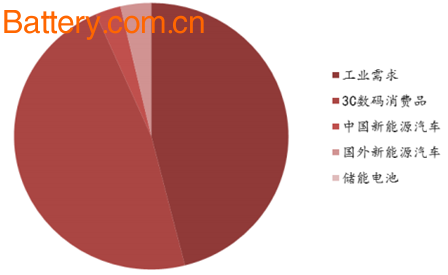


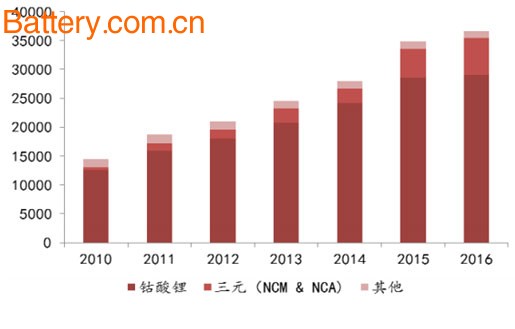

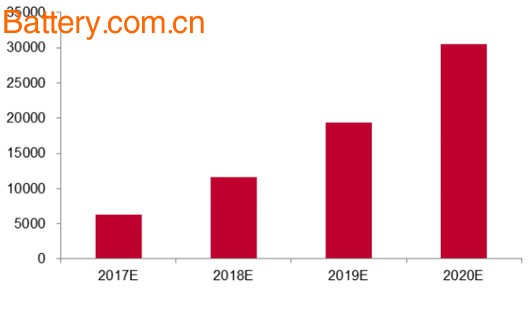

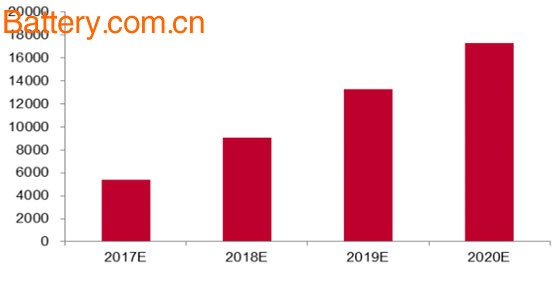



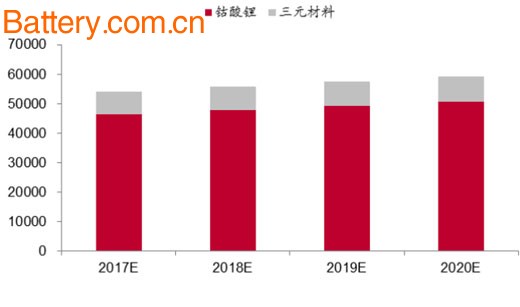
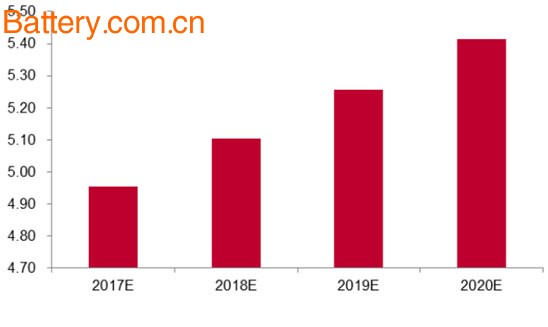


1.Manufacture and design gen-set`s container according to ISO container standards, gen-sets below 1250kva adopt 20ft container and above 1250kva adopt 40`ft container.
2.Container with CSC/CCS certificate, the complete containerized gen-sets can be directly carried by Cargo ship.
3.Huali container is painted with high stiffness and anti-rusty polyurethane paint; also the chose of shape stainless steel makes it superior mechanism structural quality compare to ordinary container.
4.Two anti-explosion led lights fixed inside of container and control panel, design for maintenance and operation.
6.Huali container gen-set is patent for its oil/water/diesel leakage free and recycling system.
7.All hinges, locks, screws are stainless steel, inside of the container fixed with anti sea water/rainproof accessories.
8.Fix with control panel and output panel.
9. FIX PMG (Permanent magnet Generator) as standard, which ensure the gen-sets, can be started easily and offer stable power.
10.Huali designed Fuel tank. Fuel supply drains, external auto refuelling outer joint, and muffler, etc, are well appreciated by our clients.
11.Our high performance soundproof material is durable, efficient and flameproof.
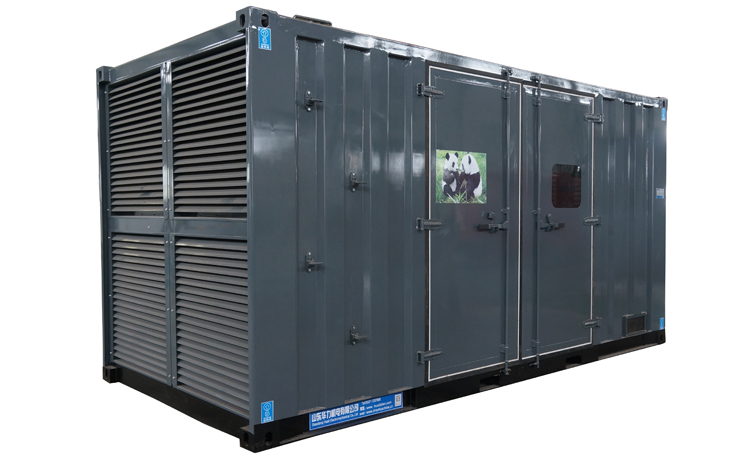
2017 global cobalt industry development prospect analysis and market supply and demand forecast